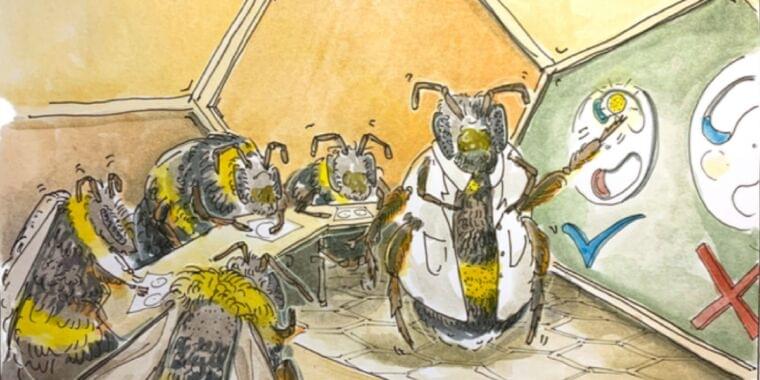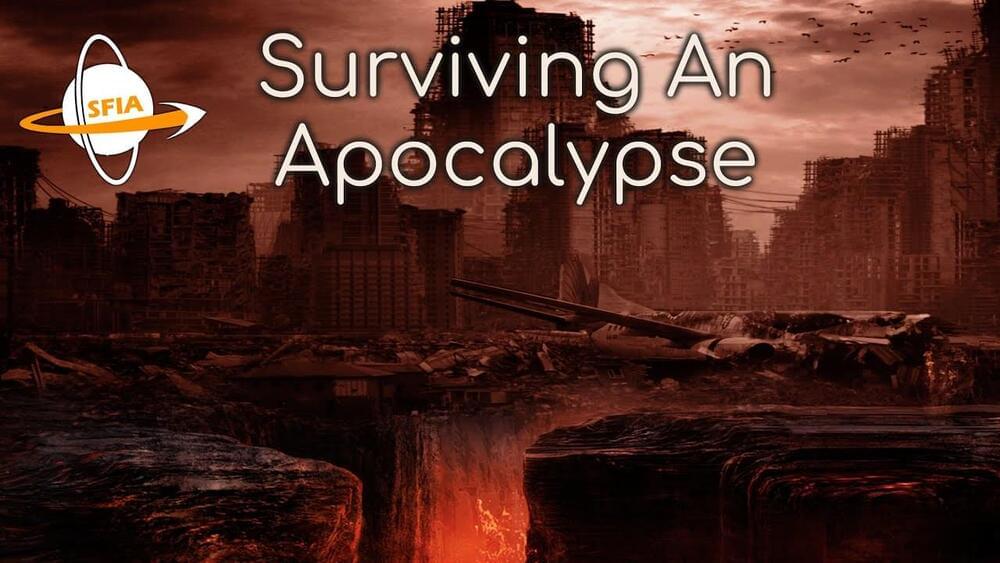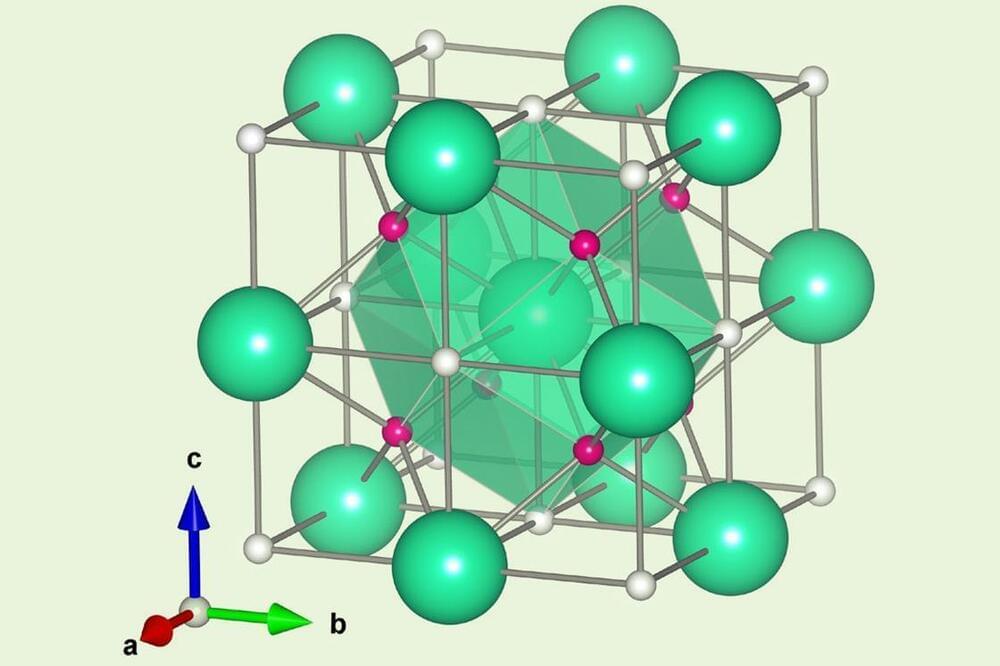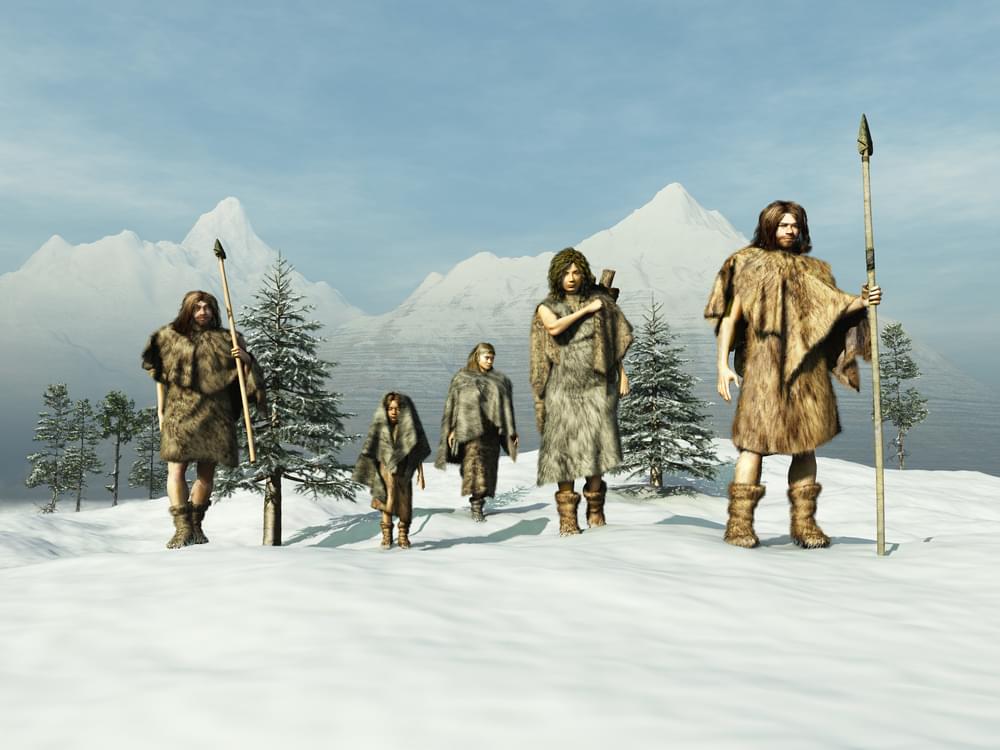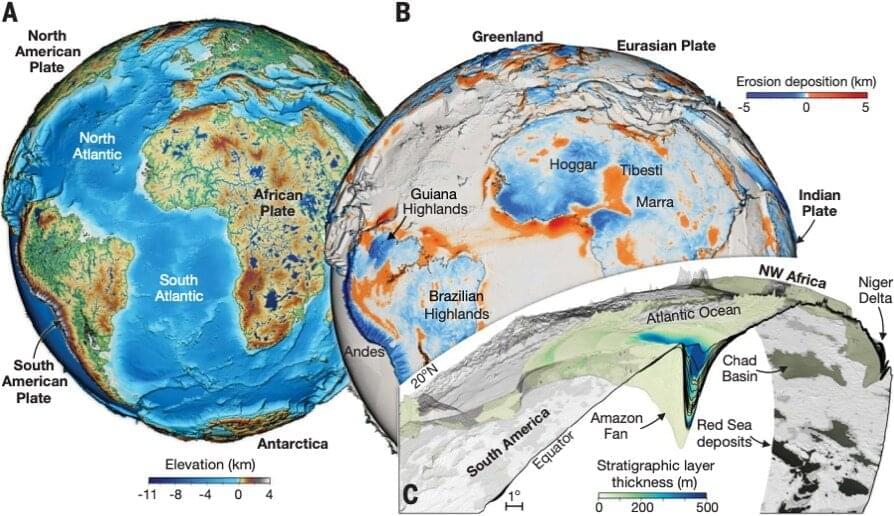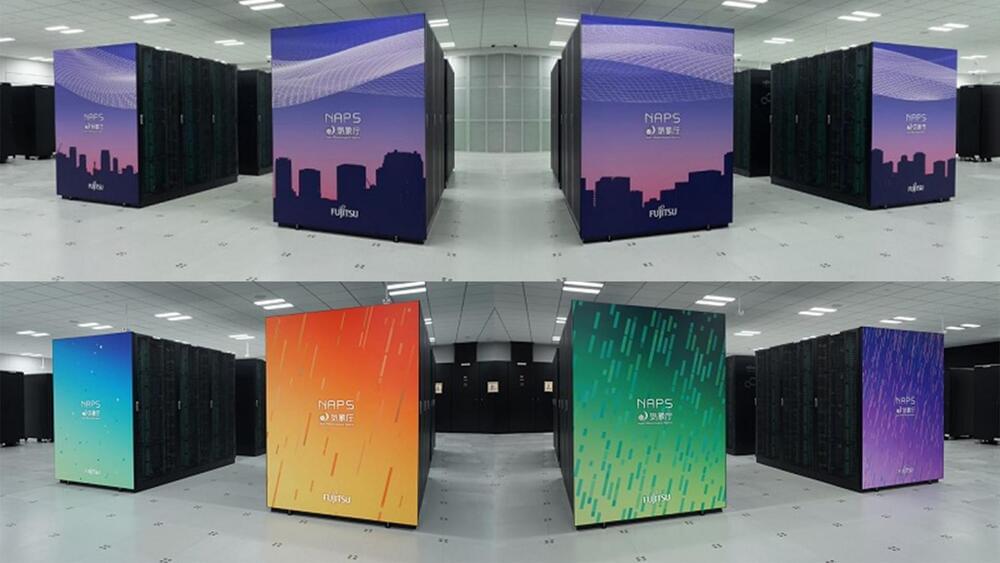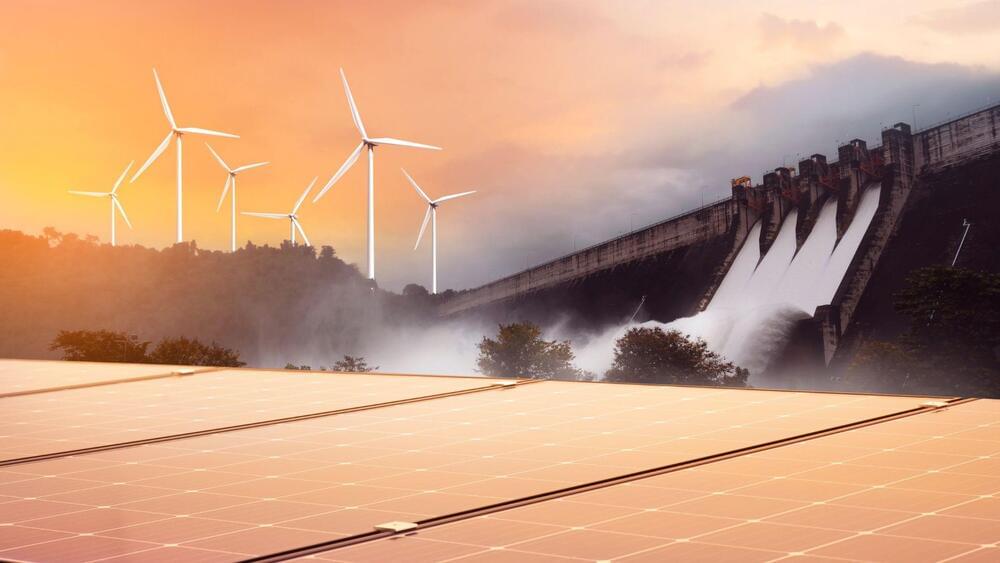Mar 19, 2023
Artificial leaf can produce 40 volts of electricity from wind or rain
Posted by Gemechu Taye in categories: climatology, health, robotics/AI
This process of harvesting energy from rain is new.
Researchers in Italy have engineered an artificial leaf that can be embedded within plants to create electricity from raindrops or wind. It functions extremely well under rainy or windy conditions to light up LED lights and power itself, according to a report by IEEE Spectrum.
Fabian Meder, a researcher studying bioinspired soft robotics at the Italian Institute of Technology (IIT) in Genoa, Italy, told the science news outlet that the system could be practical for agricultural applications and remote environmental monitoring in order to observe plant health or monitor climate conditions.
Continue reading “Artificial leaf can produce 40 volts of electricity from wind or rain” »

